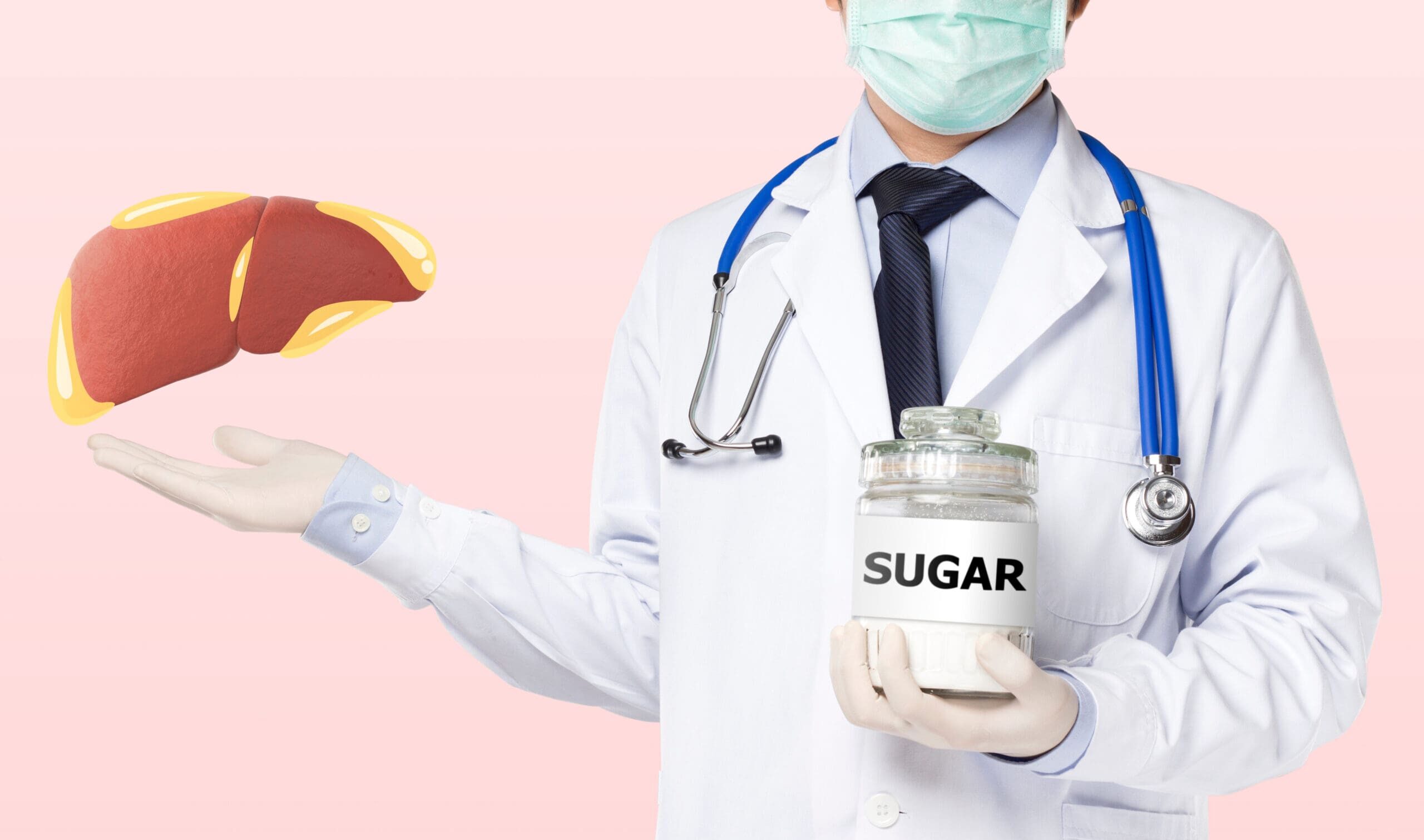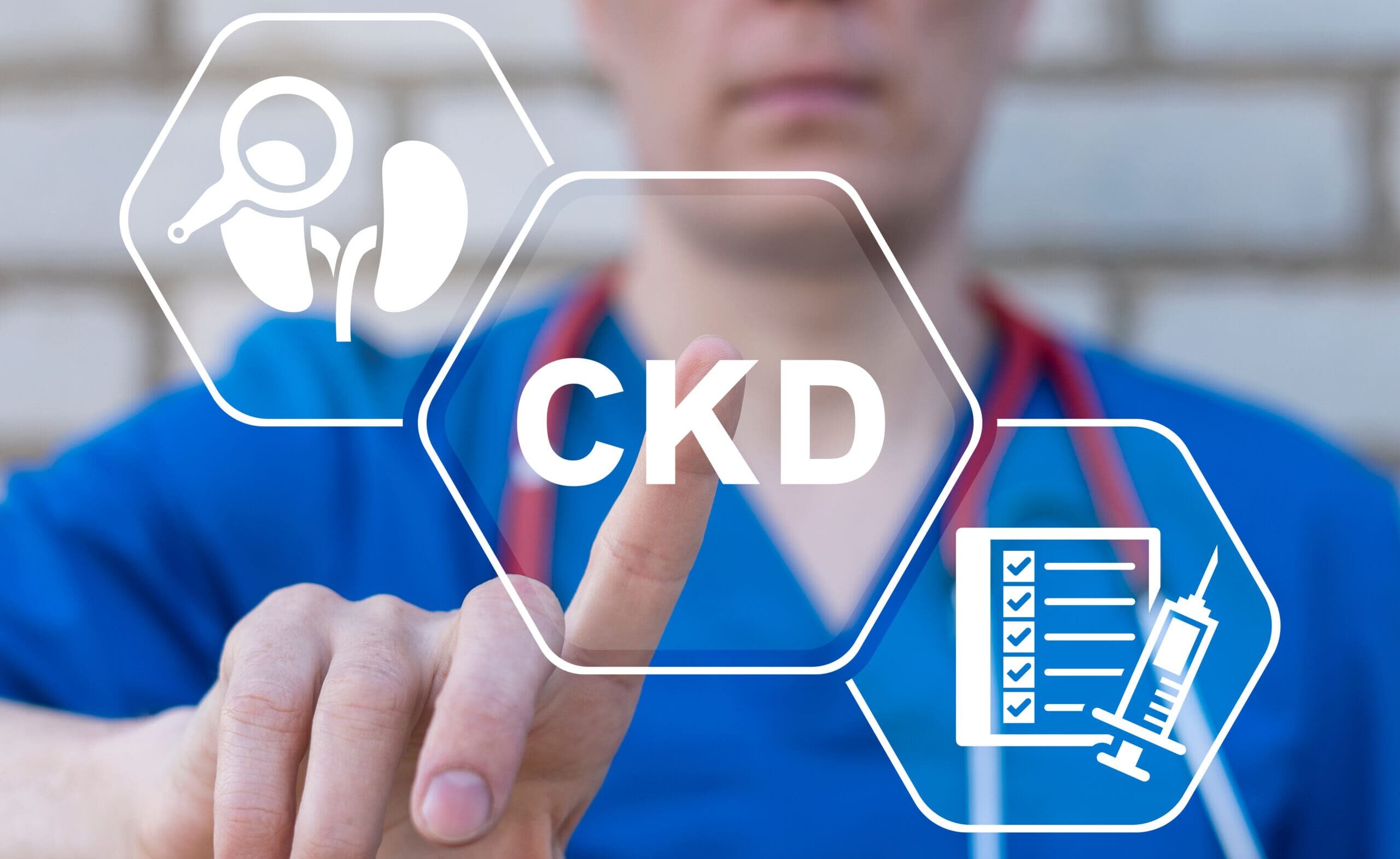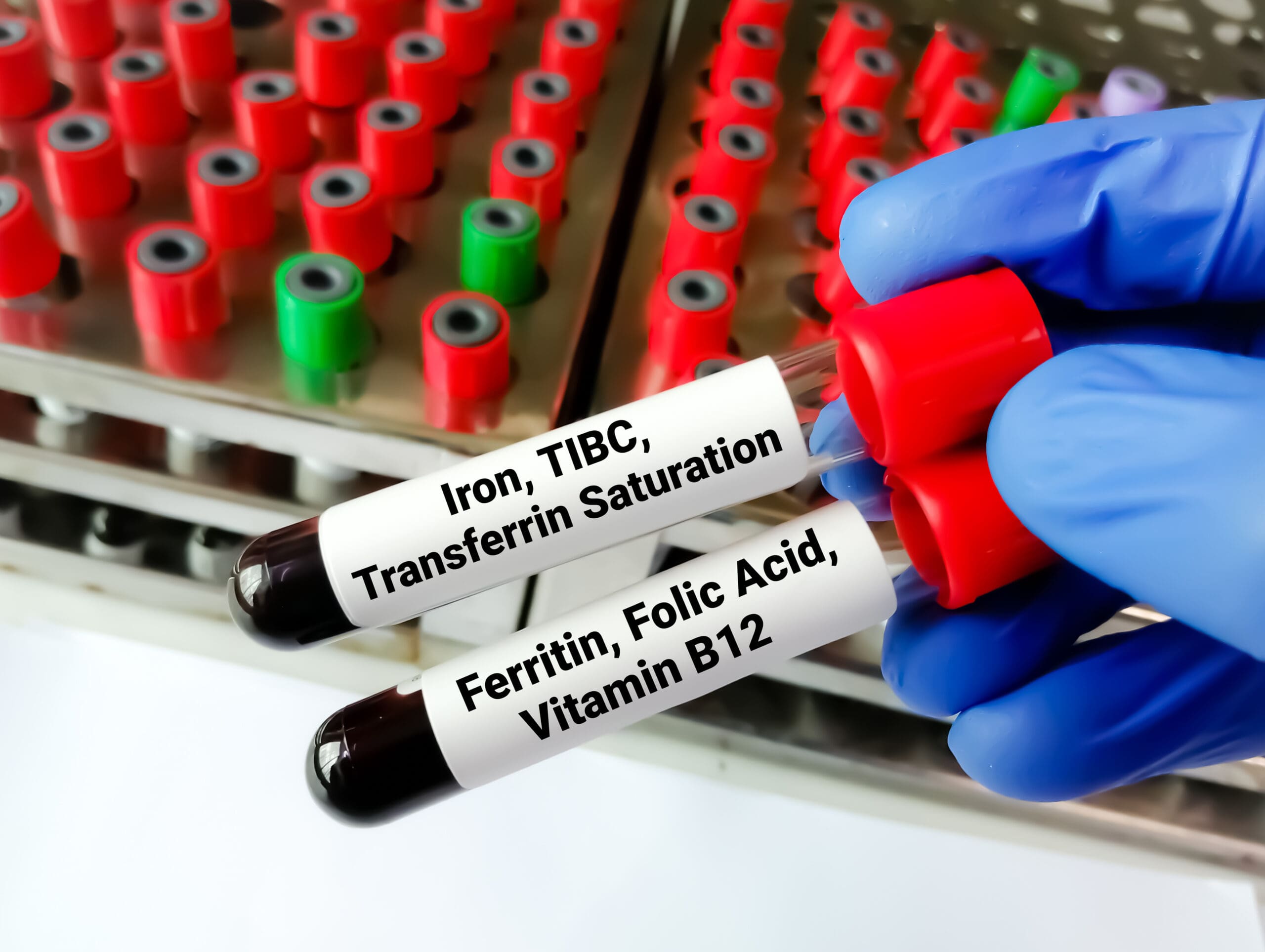Having a fatty liver depletes your body of collagen
By naturopath Margaret Jasinska
That’s bad news because it means your body can age more rapidly, and you’re more prone to aches and pains and arthritis.
Your liver is responsible for more jobs in your body than any other organ. That’s why having an unhealthy liver can manifest as so many varied symptoms. Because your liver is so important, it has the ability to repair and regenerate itself. If three quarters of your liver was cut out, the rest can grow back, as long as it was healthy to begin with. If you drink a large volume of alcohol one day, your liver would sustain a lot of inflammatory damage, but it can repair itself. Your liver can only take so much insult though; with repeated injury it can eventually form scar tissue (cirrhosis).
In a normal, healthy liver, matrix metalloproteinases (MMPs) are responsible for regenerating and repairing liver cells that may have become injured while detoxing your body and carry out out their regular functions. A fatty or inflamed liver attempts to regenerate itself more rapidly, thus production of MMPs increases. Your liver is trying to help you out, but having too many MMPs in your body isn’t good. MMPs don’t just stay in your liver. They enter systemic circulation and every part of your body they reach can suffer with consequences. When produced in excess, MMPs lead to tissue breakdown and degeneration. MMPs are responsible for the turnover and breakdown of matrix proteins, including collagen, gelatin, elastin and fibronectin. If your connective tissue breaks down too quickly, you can suffer with pain and stiffness.
One study showed that a 10 percent weight loss led to a 50 percent reduction in pain in obese adults with knee osteoarthritis. This is because their liver no longer produced as high levels of MMPs, thus cartilage destruction in their knees was reduced. The good news is, if you have a fatty liver and you’re overweight, the first place you lose weight is from your liver. So only a small degree of weight loss can give you significant pain relief from arthritis. Many people think joint pain is caused by the physical load of carrying excess body weight. It is true that placing a heavy load on the joints of your hips, legs and feet can eventually lead to pain. However, weight loss will also help reduce joint pain from the upper body such as the neck, shoulders, hands and arms.
Another example of the link between connective tissue and fatty liver is the fact that type 2 diabetics suffer with three times the rate of tendinopathy. Most type 2 diabetics have a fatty liver. Common examples of tendinopathy include problems with the Achilles tendon and frozen shoulder. These conditions can be triggered by an injury, but having high levels of MMPs in your bloodstream means your body may not be able to heal the damaged tendons, thus the condition becomes chronic. A complicating factor in people with elevated blood sugar is the production of advanced glycation end-products. Sugar binds with proteins in the body, such as collagen in the tendons, damaging them and impairing proper function. You can find out how much glycation is happening in your body by having a blood test called HbA1c. This measures how much glucose has stuck to the proteins in your red blood cells. Your red blood cells live for approximately 120 days, so the test gives us a good average. Advanced glycation end-products stiffen the collagen in your body. That means your body can feel stiff and achy, particularly in the morning. If the collagen in your skin hardens, it means you lose elasticity and can appear to age more rapidly. Hopefully this will help motivate you to keep sugar in your diet to a bare minimum.
Recommended solutions
It is easiest to lose fat from your liver and keep your blood sugar level in the healthy range with a low carbohydrate diet. Insulin resistance is the most common cause of fatty liver and type 2 diabetes. People with insulin resistance don’t process carbohydrate-rich foods well in their body. This leads to fat accumulation, particularly around the torso and inside the liver, and in time possibly elevated blood sugar and a diagnosis of diabetes. See our books Fatty Liver: You Can Reverse It and Diabetes Type 2: You Can Reverse It Naturally for help.
Support your body’s production of collagen by consuming adequate protein and gelatin-rich foods. Examples include beef cheeks, bone broth, chicken soup made using an entire chicken, osso bucco or oxtail stew.
Make sure you are getting enough of the nutrients you need in order to manufacture collagen. Eating collagen rich foods like the ones mentioned above is great, but you’ll digest them and break them down into their component amino acids. In order to create collagen and elastin in your body, you need vitamin C, zinc, biotin and sufficient sulfur. These nutrients are found in Collagen Food powder.









Leave A Comment